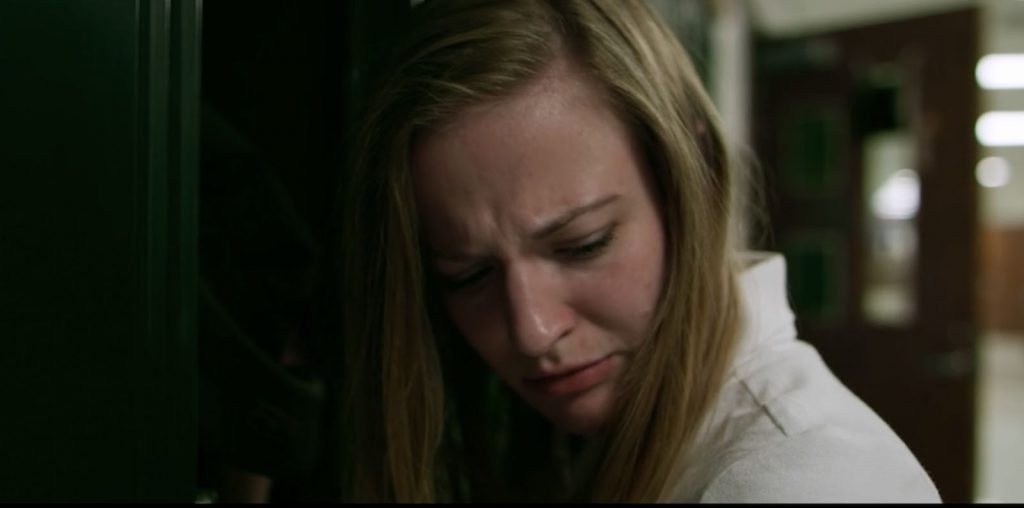
American school books note that Auschwitz was a concentration camp in Poland where approximately a million Jews, Gypsies, and other Nazi-deemed ‘undesirables’ met a cruel fate during World War II. “Auschwitz” (or Oswiecim), however, is also the name of a Polish town; and according to Yahaly Gat’s documentary “A Treasure in Auschwitz” (2005), there is a lot more to this place than an association with a very dark chapter of history. Narrator Yariv Nornberg, along with a team of archaeologists and eyewitnesses, navigate through Polish geography, geology, and history to find out the truth behind something a store-owner told him about buried religious texts.
The scene of the tale: Yeshayahu Yerod’s shop in Israel. Yariv went to that store to buy a flag, but upon hearing the story about buried treasure, he became intrigued and “realized for the first time that Auschwitz had been a lively town with a large Jewish community long before the camp turned its name into a synonym for death.” Gat’s documentary centers on Yariv’s journey to Poland in hopes of confirming whether or not Torah scrolls were really hidden and to uncover whatever else lay underneath the ruins of what was once the Great Synagogue, which was burned to the ground when the Germans swept through town.
“A Treasure in Auschwitz” starts near the end of Yariv’s travels and then goes back to the beginning of the story. The rest of the film progresses back to the present and does not incorporate flash-forwards to remind the audience of the outcome of its narrator’s inquiries. Gat’s film is comprised of the familiar documentary combination of still photos, interviews, and scenes of action (which, in this case, is primarily of digging). It features spoken Polish, Hebrew, and English. Figuring out who is speaking in what language and when they are speaking it will require some work on the part of the audience. Furthermore, the subtitles are white, which can be difficult to read in instances where the text is on top of light colored backgrounds. Fast-paced cutting, hearing Yariv’s voice-overs, and then reading the titles demand that the viewer work a bit harder to keep up with the information presented.
The camera is consistently very close to the action, which generates a kind of intimacy and camaraderie between the people on camera and the people on the other side of the screen. Although you are miles and months away from the filmed events, suspense builds with each day that the archaeologists do and do not find something promising. The anticipation and anxiousness that you feel is maintained with Yariv’s providing an organizational and personal touch to Gat’s documentary, lending a travel-diary type of tone. In fact, there’s something a bit “Travels in Europe with Rick Steves” about “A Treasure in Auschwitz,” except that instead of highlighting places of historical significance as tourist attractions, it focuses on one particular place of historical significance as, well, historical and cultural significance.
As one of the most politically, socially and culturally consequential events of the 20th Century, WW II has made an indelible mark on our collective consciousness. By examining one portion of this time period, “A Treasure in Auschwitz” is more than a story about people and situations the viewer probably never knew existed. It emphasizes the importance of knowing and remembering the past.
